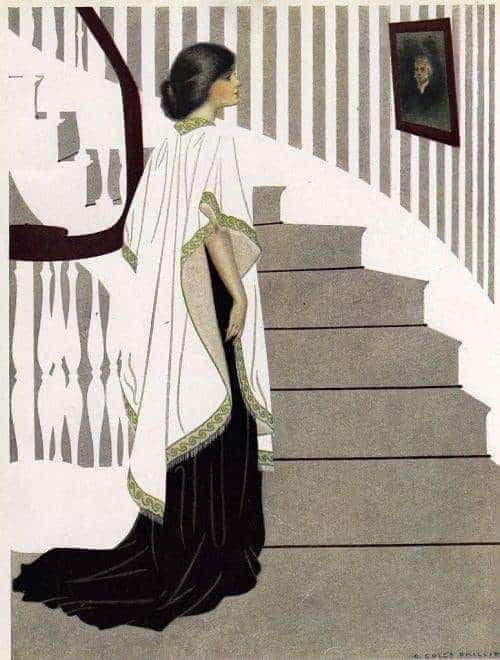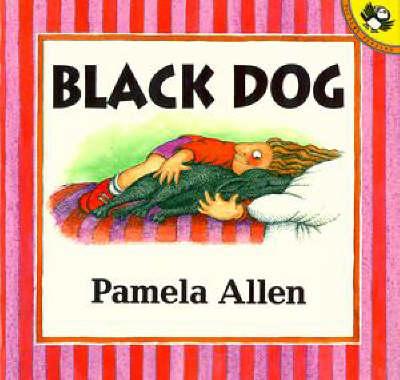-
The Do-Something Day by Joe Lasker (1982) Analysis
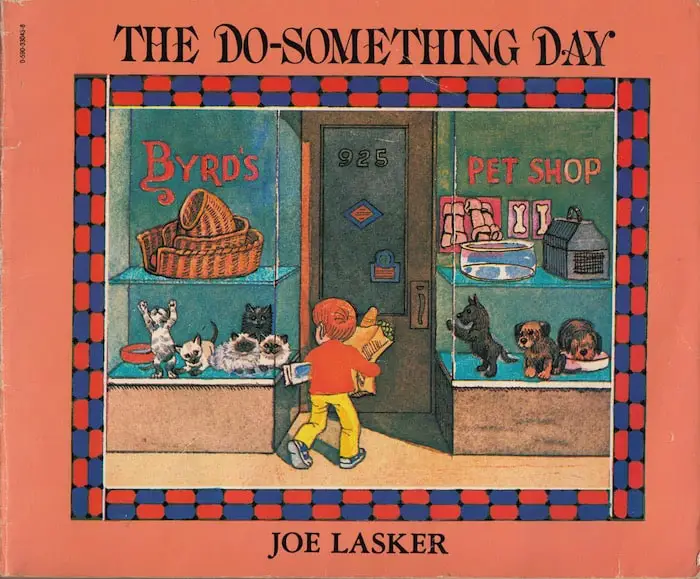
The Do-something Day is one of those didactic stories in which the parental figures are too busy working to play with their precious little children. In such stories, the child usually goes out and has their own adventure, or an elderly neighbour/grandparent steps in to fill the psychological need, which is loneliness/boredom. And that’s what […]
-
The Day Patch Stood Guard by Elizabeth Laird and Colin Reeder (1990) Analysis
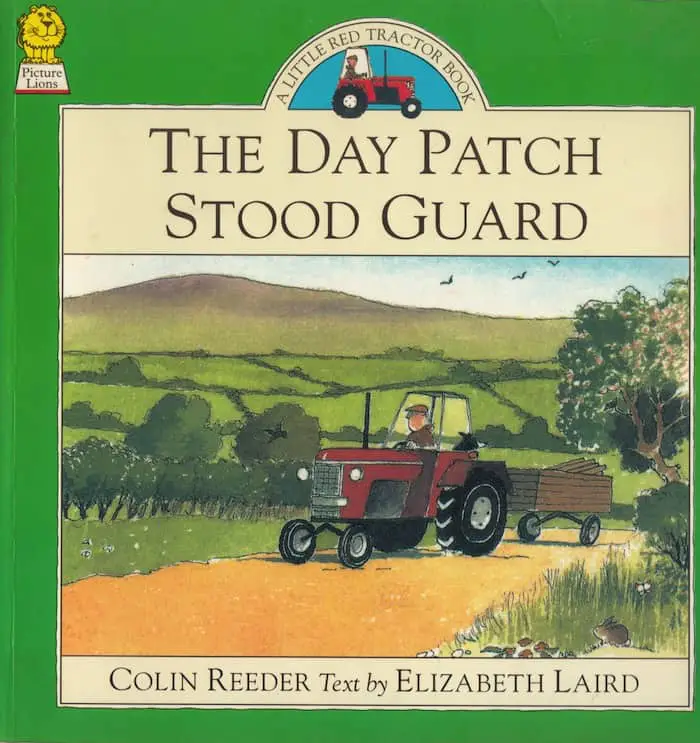
The Day Patch Stood Guard is a New Zealand farming picture book from the 1980s which is, at its heart, a man and his dog story. Notice anything a bit different about the cover of The Day Patch Stood Guard? The usual convention is to credit the writer first and the illustrator second. Here the […]
-
Bertie’s Escapade by Kenneth Grahame (1949)
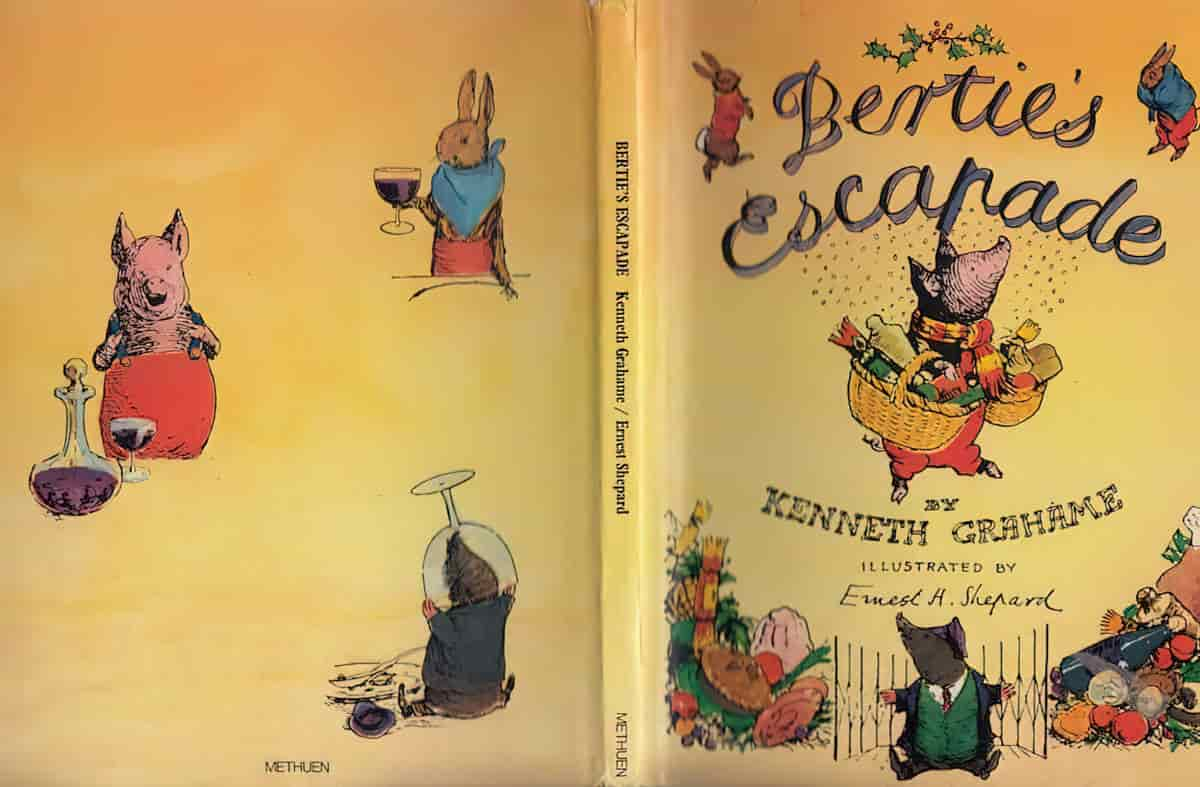
Bertie’s Escapade is a carnivalesque, adorable book which would be a great pre-reader if you’re wondering whether your child is ready for a Wind In The Willows read aloud. You’ll recognise the illustrator as the very same who depicted Winnie-the-Pooh. That said, I can’t resist digging a little deeper into this story, because there is a […]
-
Duck Cakes For Sale by Janet Lunn and Kim LaFave Analysis
STORY STRUCTURE OF DUCK CAKES FOR SALE Duck Cakes For Sale from 1989 is an example of the circular story, in which the picture book ends, but we suspect exactly the same thing is going to happen again, because the main character hasn’t had a anagnorisis. Like a Chekhovian short story, picture books often elicit the […]
-
Nannies In Childen’s Literature
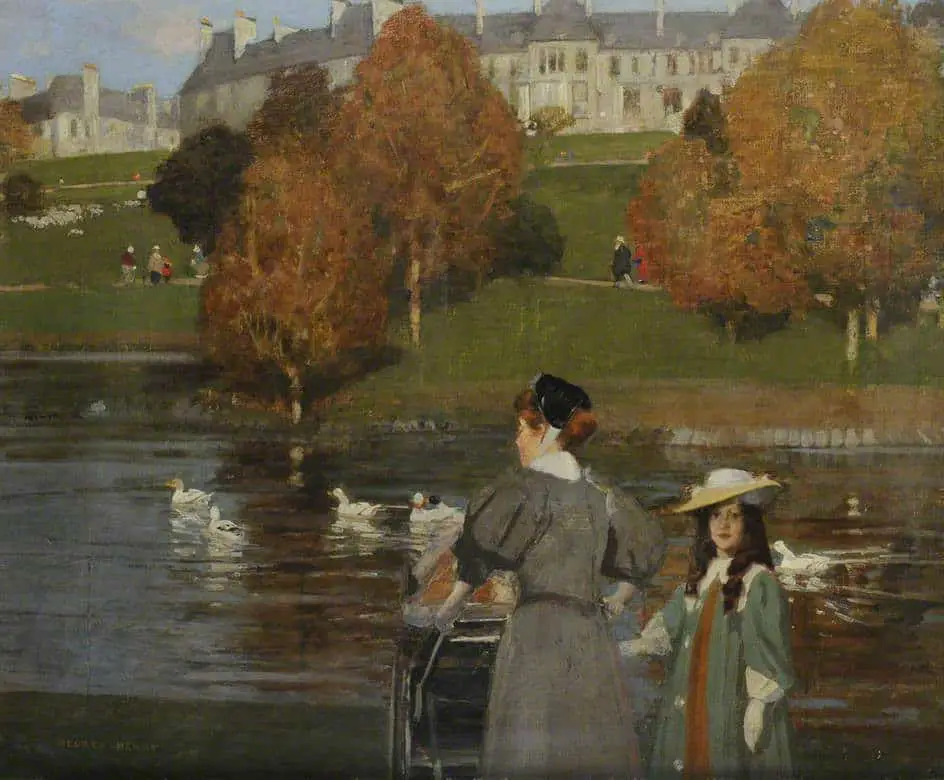
What is the difference between nannies and nurses? How do you pick the nanny in the illustrations of books for children? It’s easy for English stories. There was a dress code. According to Life Below Stairs: True Lives of Edwardian Servants by Alison Maloney, Edwardian nannies dressed like this: In the nursery, the nanny wore a […]
-
Characters Named Richard In Children’s Literature
Few names in history shine with so consistent a lustre as that of Richard; at first the little Duke, afterwards Richard aux longues jambes, but always Richard sans peur. This little sketch has only brought forward the perils of his childhood, but his early manhood was likewise full of adventures, in which he always proved […]
-
The Female Injures Male Trope In Children’s Stories
Female on male violence is often used for comedic effect in storytelling. This holds true even when male on female violence would never fly. Is this a double standard?
-
Fathers In Children’s Literature
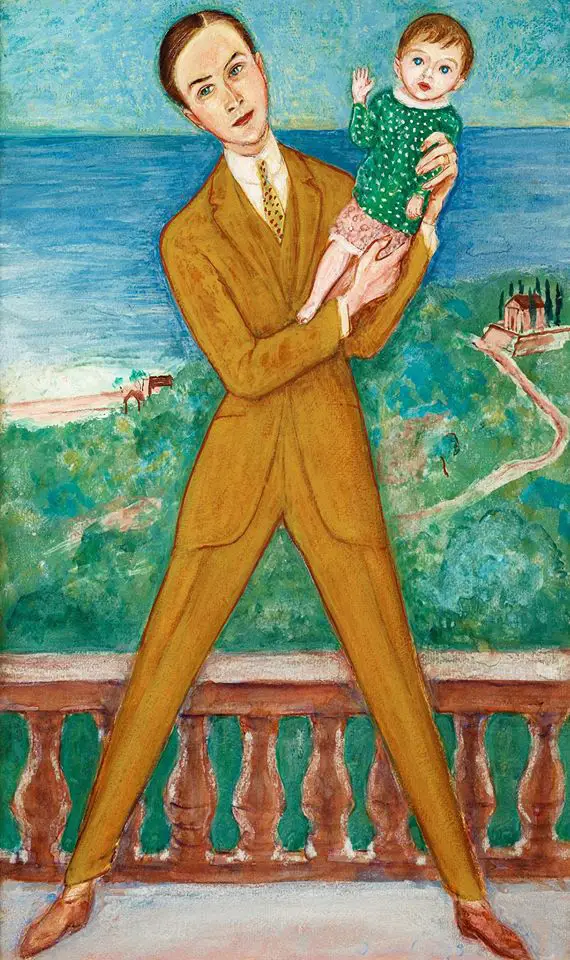
Across children’s literature, young readers see less of mothers than they do in real life, and, as a type of wish fulfilment, many see more interaction with fictional fathers.
-
Comparative Children’s Literature: Finland
Trends in Finnish children’s literature mirror trends in the English speaking world, but Finland is possibly more keen to keep its unique culture alive via children’s books. The Moomin stories are some of the weirdest and most inventive children’s books out there, and much beloved, especially in the Moomin family’s native Finland, where there is […]
-
Inspector Gadget: How Children’s Media Has Changed
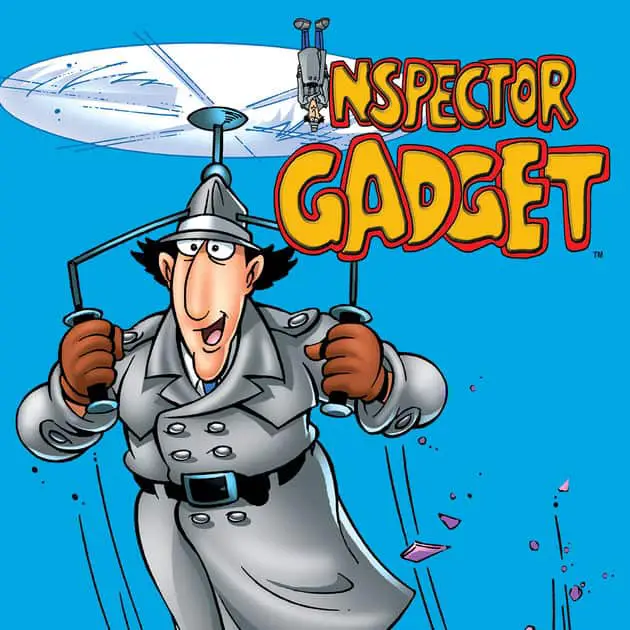
When a children’s story gets a remake we see more clearly how storytelling has changed. Inspector Gadget makes for a case study. Interestingly, Esquire calls this ‘the digital era’, under the idea that the use of computers has an integral impact on narrative. The medium is the message, and all that. 1. FASTER PACE Steven DeNure, president […]
-
Psychological Novel And Children’s Literature

Modern young adult literature bears many similarities to what has previously been called ‘the psychological novel’. A psychological novel is a work of prose-fiction which places more than the usual amount of emphasis on interior characterisation, and on the motives, circumstances, and internal action which springs from, and develops, external action. Wikipedia The psychological novel is also called “psychological realism”. A […]
-
Olivia and the Fairy Princesses by Ian Falconer Analysis
Olivia and the Fairy Princesses is the third Olivia book I’m taking a close look at; the first was Olivia, which I really liked; the next was Olivia and the Missing Toy which I really didn’t and now for a story which has garnered Olivia a bit of a reputation among reviewers on social media […]
-
Stick Man by Julia Donaldson and Axel Scheffler Analysis
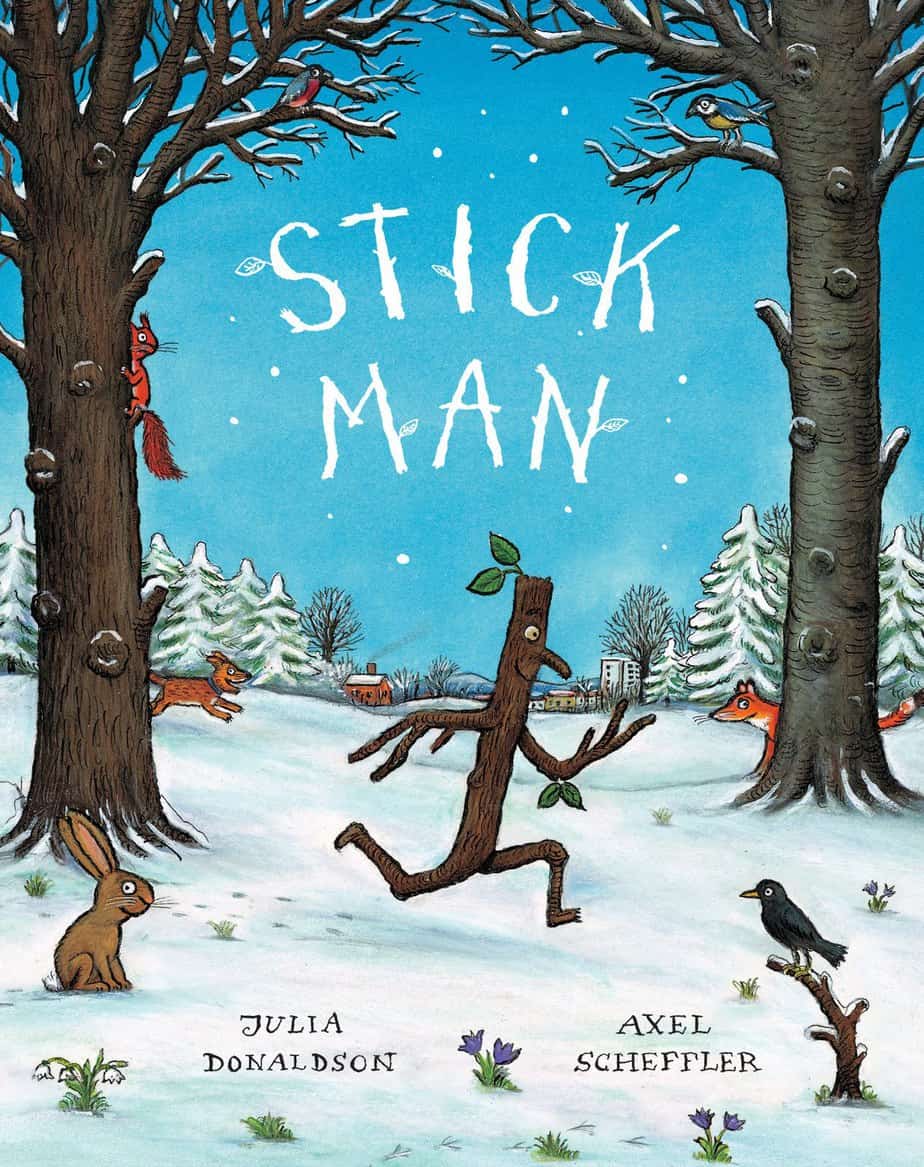
In Stick Man, an anthropomorphised stick ends up far away from his family tree when he is fetched by a dog, thrown by a child, used as a snowman’s arm, and even put on a fire, but finally, Santa Claus steps in to make sure that Stick Man and his family have a joyous Christmas. Julia […]
